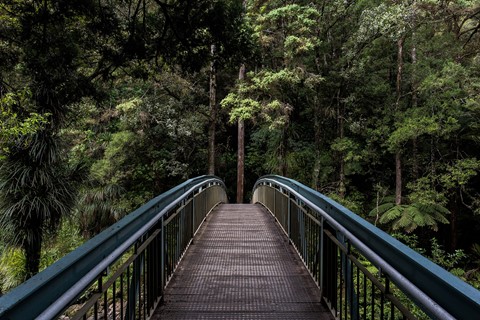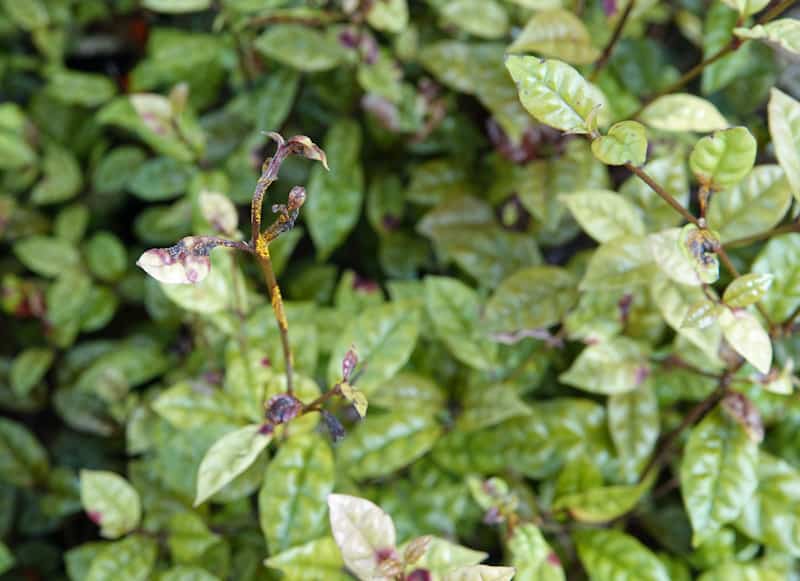A team at Massey University, in collaboration with researchers at Scion, Plant and Food Research, Victoria University of Wellington and the University of Oregon, has built what appears to be the first chromosome-level Phytophthora genome assembly in the world.
Alana Thurston, shaking things up for kauri dieback detection
Last year, NRT funding was used to purchase a critical piece of lab equipment – a commercial paint can shaker.
Climate change research in NZ – a particularly useful review
Are you interested in the ecological impacts of climate change in Aotearoa New Zealand? If so, this could be the most useful paper of the decade!
Māori views on pest control: the what, the why, and possible ways forward
In a first-of-its-kind study, Māori respondents show a willingness to engage in novel pest control technologies in order to preserve the interplay between local cultural identity and the distinct ecosystems of Aotearoa.
December newsletter
Genetic pest control, biodiversity on farms, a new website and more.
NZPPI’s Climate Model: The latest tool in the battle against myrtle rust
A suite of tools and information to help plant nurseries manage myrtle rust outbreaks this summer has been released by New Zealand Plant Producers Inc (NZPPI).
The value of collaboration: four questions for four myrtle rust experts
Ngā Rākau Taketake (NRT) and Beyond Myrtle Rust (BMR) are partners in tackling myrtle rust. We spoke with Beccy Ganley and Nick Waipara (Rongowhakaata and Ngāti Ruapani ki Tūranga) from NRT and Mahajabeen Padamsee and Renee Johansen from BMR about their thoughts on the value of this collaboration.
Exploring the molecular basis of myrtle rust
Austropuccinia psidii, the fungal pathogen that causes myrtle rust, has a large host range (at least 480 different species to date). How does this pathogen avoid detection by the plant defence mechanisms and successfully invade the plant tissues to gain nutrients from living cells?
Genetic pest controls and how they sit with Māori
Pest control using RNAi or gene editing technologies could be the way forward for eradicating some pests in Aotearoa. But are they socially acceptable?
How to: form a national biodiversity vision
Iwi, conservation groups, farmers, industry, businesses, government and individuals… everyone has options they can take to help reverse the decline of native biodiversity in Aotearoa New Zealand. But which options are best?
New initiative supporting farmers to protect and restore native biodiversity
An innovative new pilot project aims to make it easier for pastoral farmers to protect and restore native biodiversity on their farms.
November newsletter
Films, posters, webinars and research.











